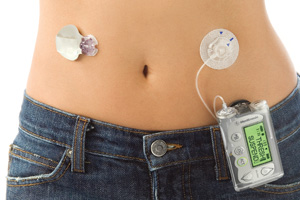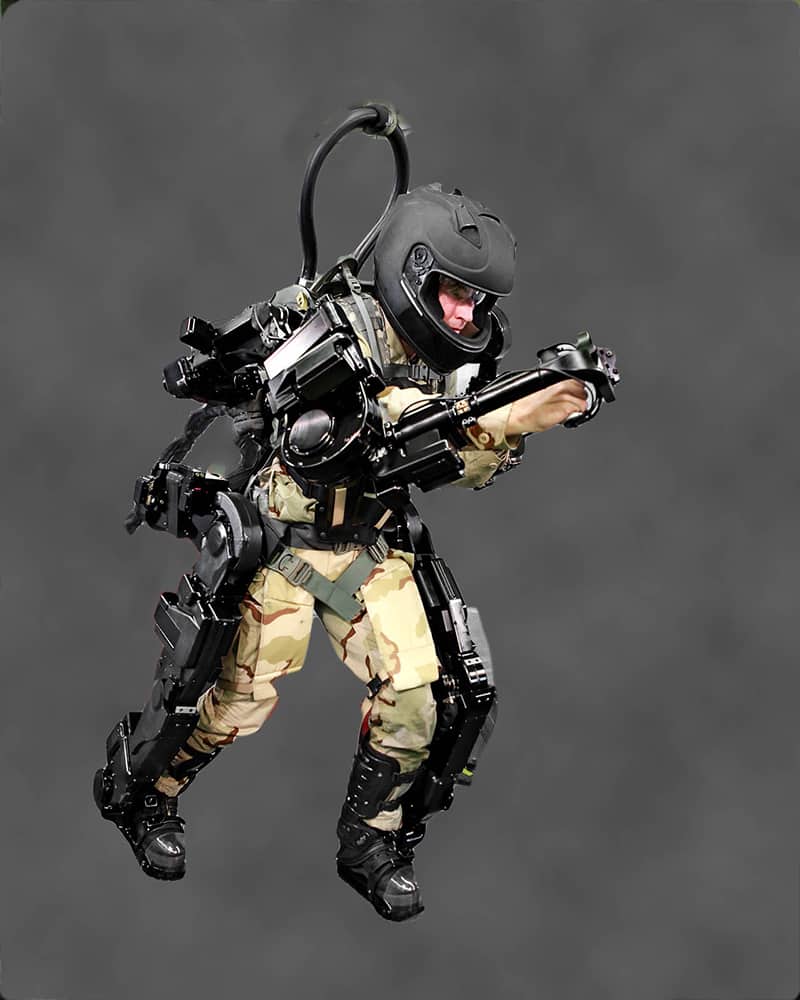Bionic Technology
THE FUTURE OF BIONIC TECHNOLOGY
Science, Technology, Engineering, and Mathematics (STEM) focuses on developing holistic students who are well-versed in their very own fields to be able to have meaningful contributions to the world. Shaping students in a specific way helps them to focus to have discoveries. One of the important contributions that STEM brought to us is the Bionic Technology.
Bionic Technology or Bionics is the science of constructing artificial systems that have some of the characteristics of living systems. Bionics is not a specialized science but an interscience discipline; it may be compared with cybernetics. Bionics and cybernetics have been called the two sides of the same coin. Both use models of living systems, bionics in order to find new ideas for useful artificial machines and systems, cybernetics to seek the explanation of living beings’ behavior (https://www.britannica.com/technology/bionics).
Bionic Technology or Bionics is the science of constructing artificial systems that have some of the characteristics of living systems. Bionics is not a specialized science but an interscience discipline; it may be compared with cybernetics. Bionics and cybernetics have been called the two sides of the same coin. Both use models of living systems, bionics in order to find new ideas for useful artificial machines and systems, cybernetics to seek the explanation of living beings’ behavior (https://www.britannica.com/technology/bionics).
Scientist have been making advancements in bionic technology which are applied to humans. These advancements, though costly, surely made a difference for those who suffer from incapabilities. Here are some of the bionic parts that are able to replace human body parts.
Bionic Eye
The bionic eye or visual prosthesis enables persons who suffer from partial or total blindness to have a glimpse of the world. It records a visual of the surroundings through a camera and then sent to the electrodes to be processed by the brain.
Bionic Limbs
The bionic arm enables amputees to use their arms like they do with the real ones. Developed by Dr. Todd Kuiken of the Rehabilitation Institute of Chicago, the "bionic arm" is connected to the brain by healthy motor nerves that used to run into the patient's missing limb. These nerves are re-routed to another area of the body, such as the chest, where the nerve impulses they carry can be picked up by electrodes in the bionic arm. When the patient decides to move her hand, the nerves that would have sent the signal to real hand send it to the prosthetic one instead. Now, Dr. Kuiken's team is working on improving the arm, using surviving sensory nerves to communicate the feeling of temperature, vibration and pressure from the bionic arm to the patient's brain.
Portable Pancreas

The portable pancreas is capable of monitoring a person's blood sugar and adjusting the level of insulin to meet their body's needs. It will likely be on the market within a few short years, said Aaron Kowalski, director of strategic research projects at the Juvenile Diabetes Research Foundation. Kowalski said the device would initially be a combination of two existing technologies: an insulin pump and continuous glucose monitor. The contraption could help insulin-dependent diabetics lead more normal lives and make it easier for them to avoid the disfiguring and life-threatening side effects of having too little or too much blood sugar.
These are only a few of the examples of the relief that bionics give us. It may appear to others as unnatural, like looking at someone who has a bionic limb like he/she is a cyborg. But these bionic tools are really helpful for those who need them. Like Bertolt Meyer who lives with a bionic left arm, he says that the arm feels like a part of him already and that it really helped him to carry out tasks.
There are a also developments in bionics which are meant not only to replace dysfunctional human body parts but to improve its capabilities. One of these are the exoskeletons which the military use to give them superhuman strength.

This exoskeleton allows a soldier to carry 200 pounds of combat gear without getting tired.
These give rise to ethical questions just like, "Is there a point where these augmentations make us inhuman anymore or is it just a part of progress towards the future?" We are not really far from creating a bionic human body with all the advancements in bionic limbs and bionic internal organs.
There will come a time where people will prefer bionic tech over their natural body because it can improve their strength and capabilities. There will come a time where people will become part human and part machine because of the augmentations that bionic technology gives us.
However, according to Jonathan Moreno, an ethicist, the future may not be how we visualize it like science fiction or like the terminator, it might be more biological. Tissue engineering are creating developments for the regrowth of cells. A proven example is the stem cell therapy for hair regrowth. But, we cannot really deny the possibilities of creating something that is more than human because of this current technology.
As Dalai Lama had quoted, "Without technology humanity has no future, but we have to be careful that we don't become so mechanized that we lose our human feelings." Whatever science and technology gives us, we should use for the improvement of humanity. Also, now that the learning of students are specific and focused we will be able to improve these discoveries.
References:
https://www.smithsonianmag.com/innovation/the-insane-and-exciting-future-of-the-bionic-body-918868/
https://www.britannica.com/technology/bionics
https://www.livescience.com/12954-bionic-humans-artificial-limbs-technologies.html



nice ka one
ReplyDeleteEdi Wow! hahaha
ReplyDeletehahaHAAA
Deletesamok ja
ReplyDeletehawja
Delete